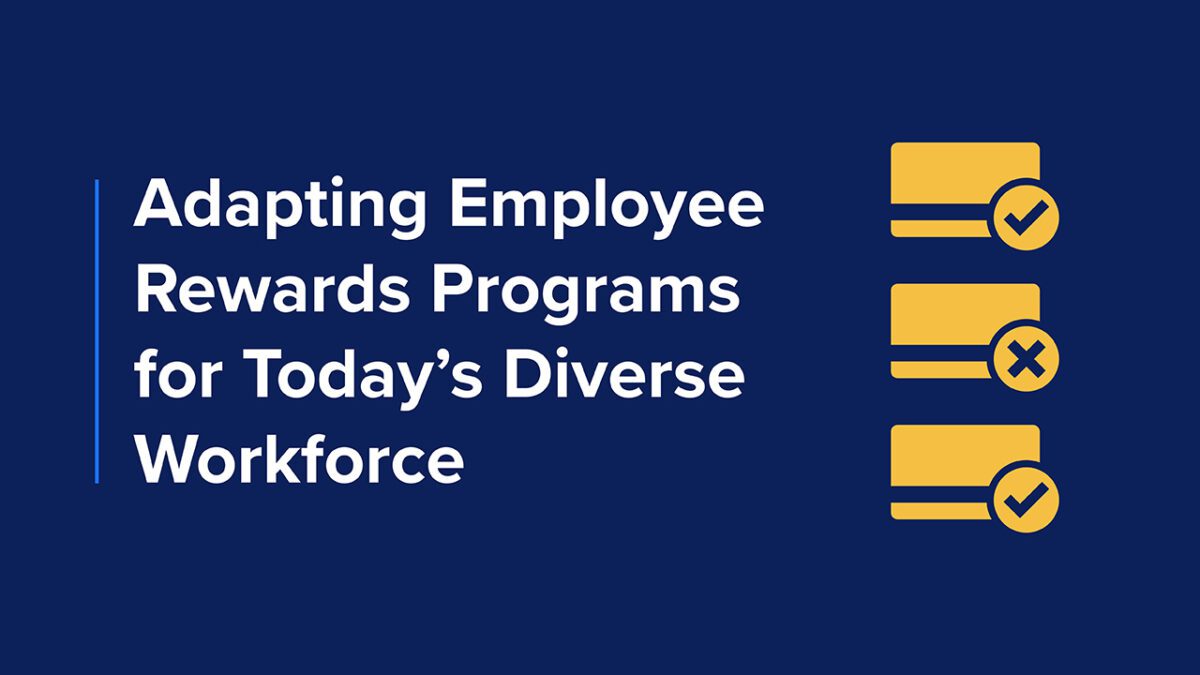In an era marked by rapid shifts in work dynamics, effective employee rewards programs are crucial for motivating and engaging staff. As the workforce becomes increasingly remote and diverse, companies must evolve their incentive strategies to meet these new challenges. This article delves into optimizing rewards and recognition strategies to cater to a multifaceted workforce, ensuring sustained organizational success.
Contents:
- Tech-Driven Recognition
- Personalization: The Key to Retention
- Leveraging Advanced Platform Features
- Avoiding Pitfalls in Employee Rewards Programs
The 2022 Incentive Marketplace Estimate Research Study highlighted a significant trend: 83% of U.S. companies with revenues over $1 million utilize non-cash incentives. As the debate between physical and digital rewards heats up, it’s clear that virtual options like gift cards offer unparalleled flexibility and convenience. These rewards align with the lifestyles of younger workers and offer instant gratification, a key motivator in today’s fast-paced world.
Tech-Driven Recognition
In our dispersed work landscape, digital tools are revolutionizing employee recognition. Given the absence of in-person recognition, platforms that integrate digital badges, progress tracking, and instant feedback are transforming how we connect and motivate our workforce. Moreover, such tools not only facilitate recognition but also foster a sense of community and engagement, regardless of physical location.
Personalization: The Key to Retention
One-size-fits-all approaches to employee incentives are becoming obsolete. It’s essential to tailor programs and rewards to individual preferences and behaviors, especially considering the varied generational perspectives within an organization. Utilizing AI and analytics can aid with recognition rationale and make it easier, more personal, and more powerful for employees to highlight another’s achievements. Similarly, AI tools can be used to personalized reward recommendations at the time of recognition (i.e., Suzie bought a new house. Her manager can reward her with a home improvement gift card making it both thoughtful and meaningful). Additionally, platforms can dynamically organize reward redemption options based on prior redemption or most popular items, etc. Personalizing the recognition and reward redemption experiences can significantly enhance engagement and retention.
More on creating Employee Incentive Programs that work
Leveraging Advanced Platform Features
Purpose-built solutions offer distinct advantages in managing employee rewards programs. Platforms that offer communications, recognition “wizards”, and dynamic reward catalogs with features like customizable APIs, comprehensive analytics dashboards, and dedicated customer support streamline program administration, making them more effective and user-friendly.
Avoiding Pitfalls in Employee Rewards Programs
A well-designed employee rewards program is mindful of the company culture and values it seeks to promote. Additionally, it will factor in the diverse preferences of its workforce. Balancing a variety of reward options and aligning them with company culture and employee demographics is crucial. An external perspective from incentive marketing professionals and solution specialists can be invaluable in crafting impactful reward and recognition programs that resonate with a dynamic workforce.
Conclusion
Modern employee rewards programs are more than just incentives; they are strategic tools for fostering a motivated and committed workforce. By focusing on instant recognition, personalization and leveraging advanced platform capabilities, companies can overcome generational divides. Thus creating a more inclusive and effective work environment.
